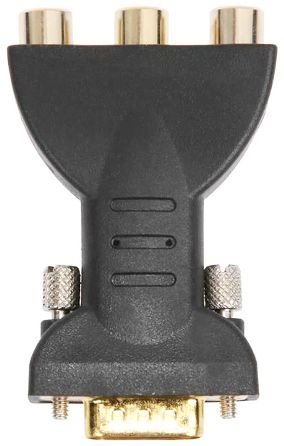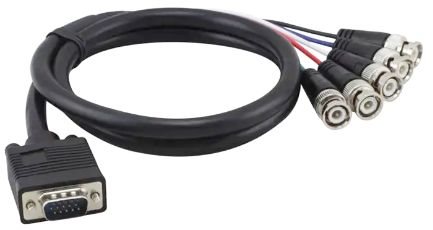Hi
im new to uPython and needing some help with fast interrupts, port handling, reading into controller, handling the big amount of data and speed
my main aim is to get it working on raspberry pico, as colors 1bit resolution is enought as its an industrial equiment with RGBHV 15.6khz input(output from the machine) need to transfer it to 31khz VGA standard output for an lcd monitor
any help welcome
thanks!


